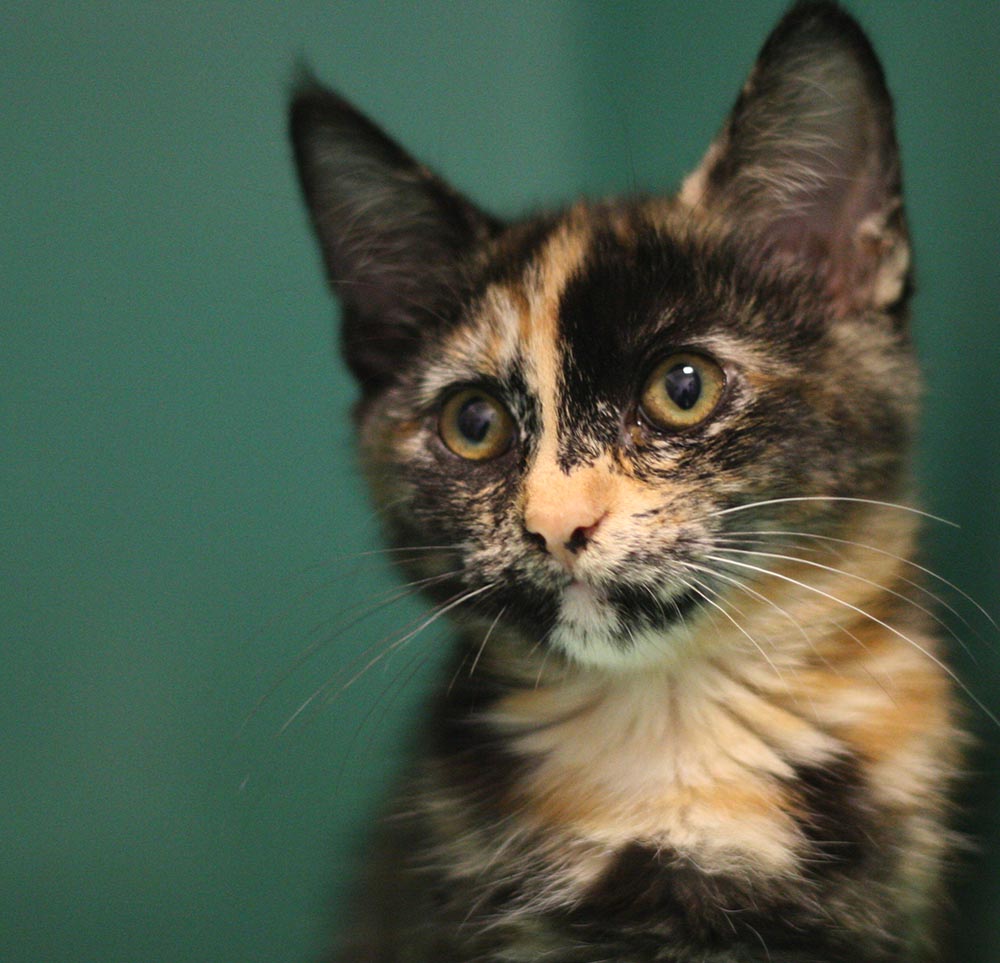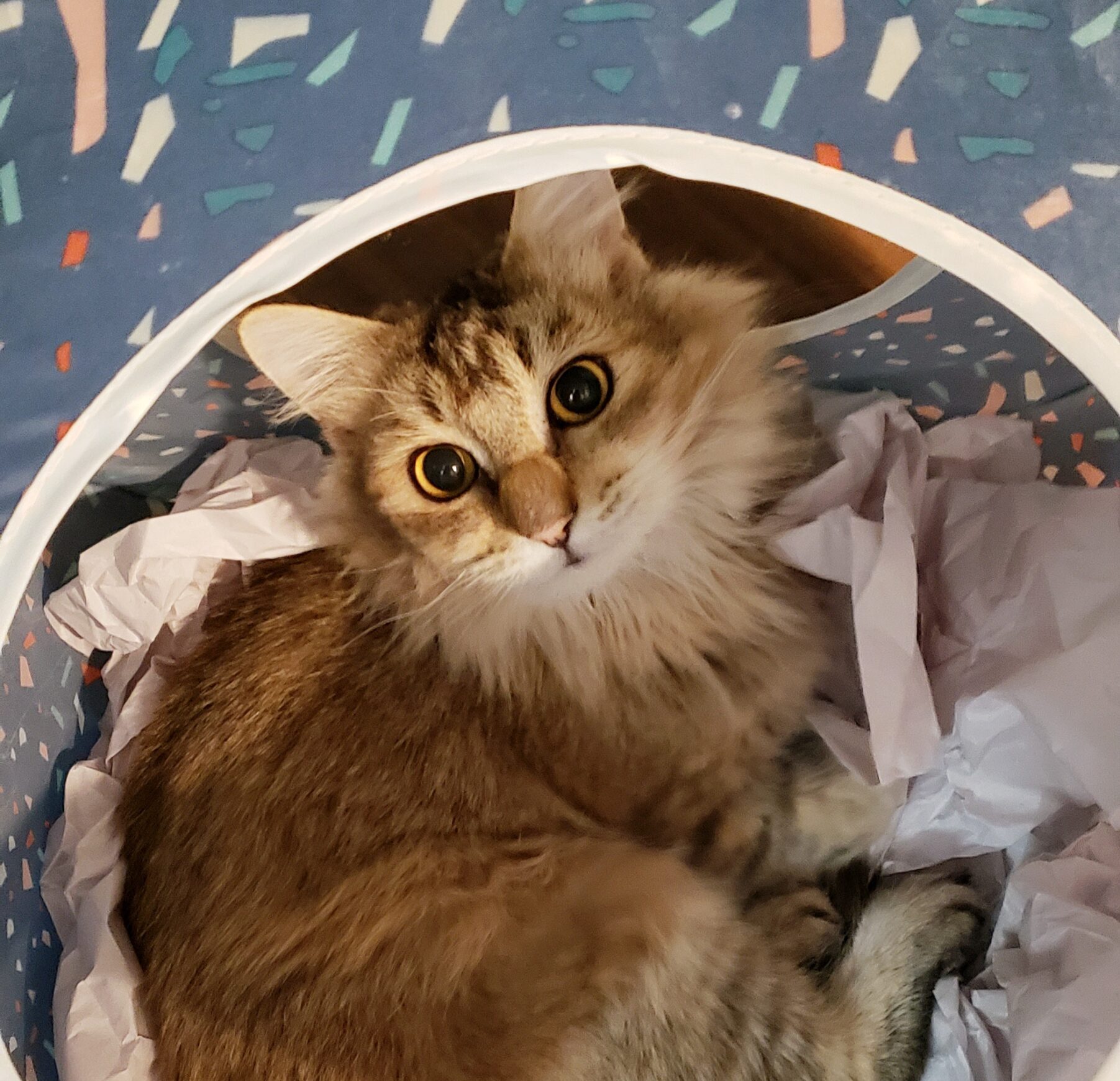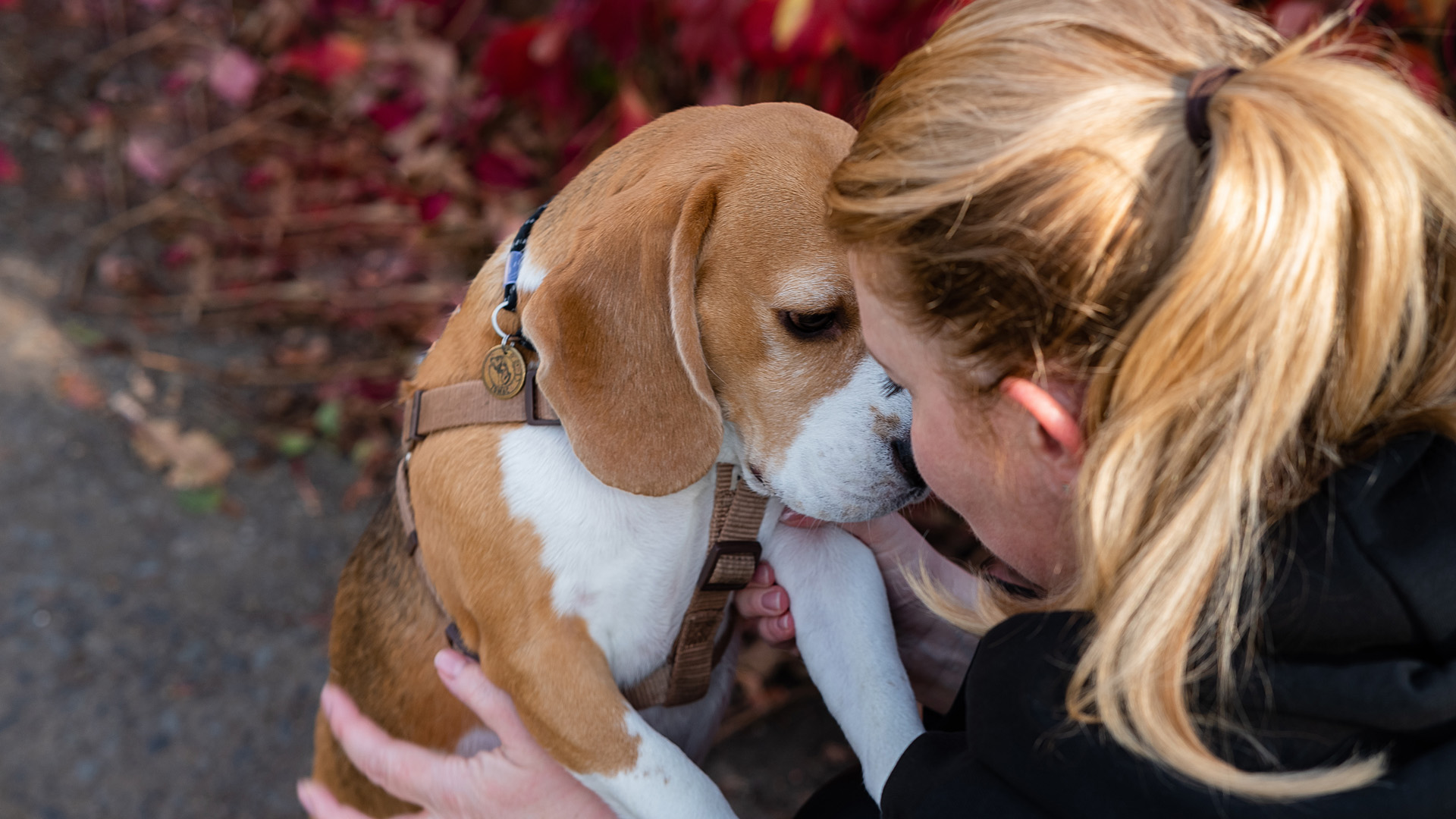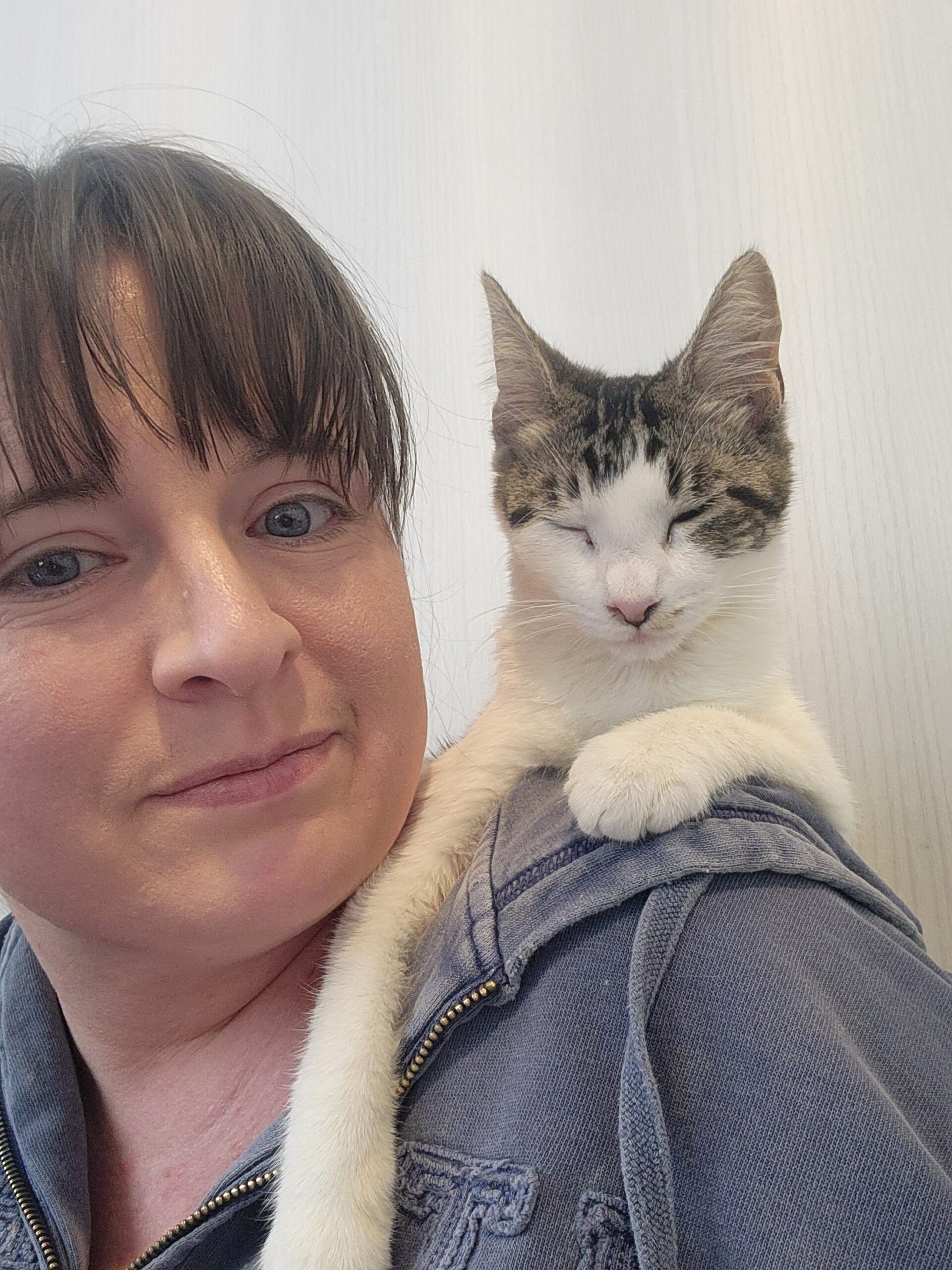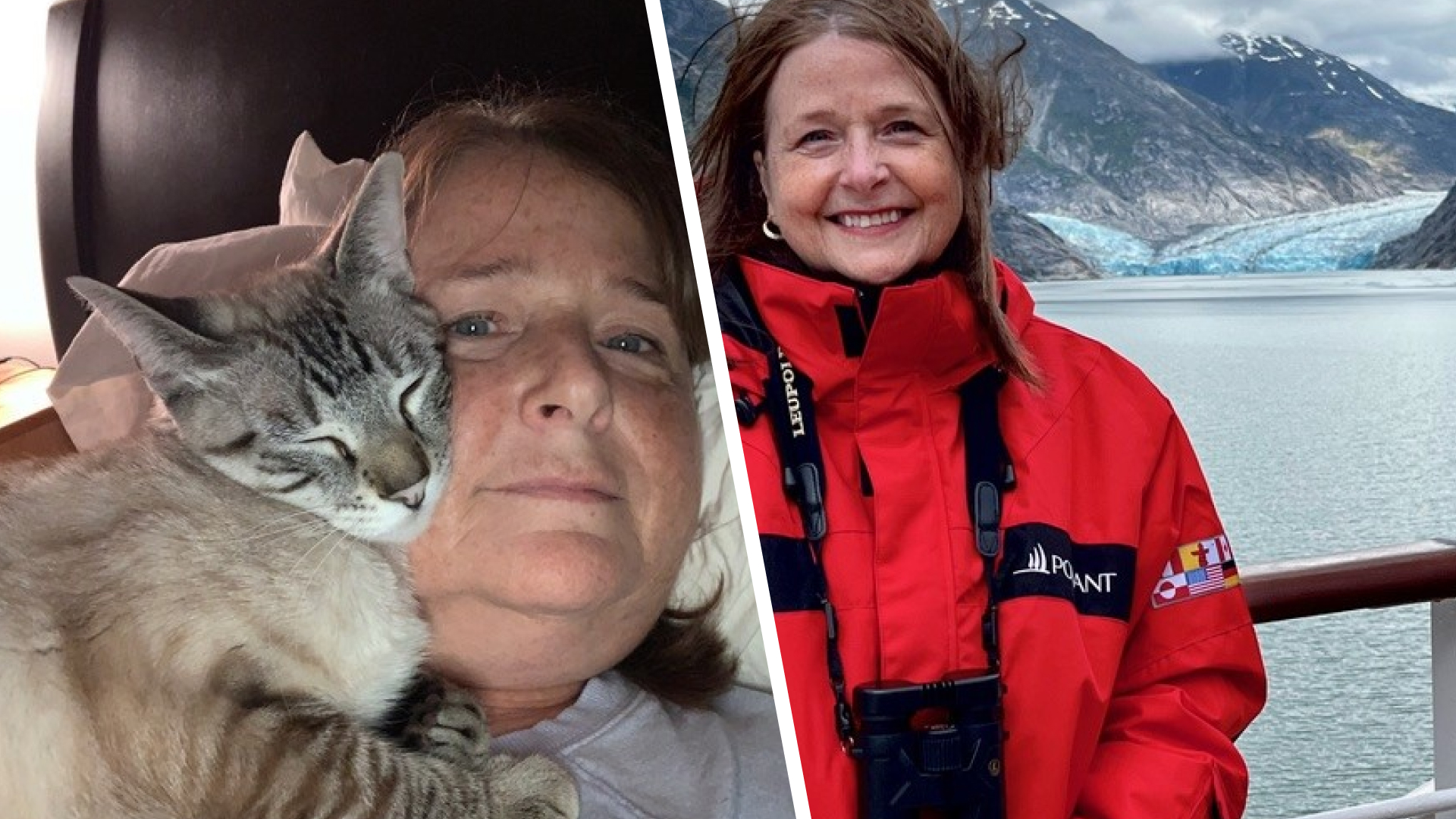 As you’re opening your windows to let in the unexpected sunshine this week, remember your clever kitty who may want a slice of sunshine for themselves. Cats can be injured by falls from a window, rooftop or balcony. Urban veterinarians have actually coined the term high-rise syndrome for the trauma sustained from a fall of over two stories.
As you’re opening your windows to let in the unexpected sunshine this week, remember your clever kitty who may want a slice of sunshine for themselves. Cats can be injured by falls from a window, rooftop or balcony. Urban veterinarians have actually coined the term high-rise syndrome for the trauma sustained from a fall of over two stories.
It’s true that cats possess superb coordination, balance and flexibility, and they can usually right themselves in a fall, but they are not always capable of absorbing the shock on impact. This is greatly affected by the distance the cat falls as well as the landing surface.
An article published in the Journal of the American Veterinary Medical Association reported findings from veterinarians who studied cases of cats who had fallen out of windows. They found that the number of broken bones and injuries exponentially increased with the number of stories the cat fell, up to five stories. In falls from above five stories, the number of injuries actually declined. This is something that falling cats and skydivers have in common called terminal velocity. 
Terminal velocity simply means that the speed at which an object (or in this case, a cat) falls will only increase to a certain level until it’s interrupted by air resistance. A skydiver falls for about 30 seconds and reaches a terminal velocity of around 130 mph. A falling cat reaches terminal velocity after about five floors, a speed of approximately 60 mph.
Cats have a natural fondness of heights, and indoor cats especially, will not be aware of the dangers that their favorite temptations pose (maybe a bird or another cat). You can protect your feline friend by installing screens on your windows, and checking to make sure they’re firmly locked in place. If you allow your cat access to your porch or balcony, do so only under supervision – or opt to screen those, too. Just because cats, like skydivers, have terminal velocity – skydiving is not a recommended sport for cats!

